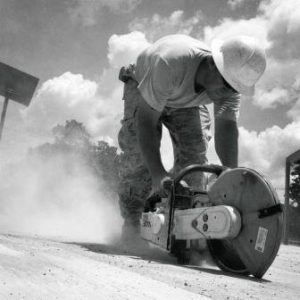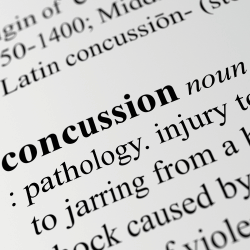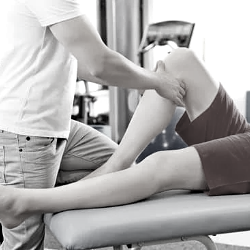The physical activity health paradox
Posted on April 24, 2020 by Movement Health in Exercise Physiology, Just saying..

Physical activity is one of the best things an individual can do to improve their health and using this rationale conventional thinking may suggest that having a physically demanding occupation therefore contributes positively to health. It is not unusual for people who work in industries such as the building trades to think that the physical nature of their work means that they’re physically active. However it would seem, ‘work is not a workout’ and the physical activity paradox suggests occupational physical activity doesn’t really improve health and can potentially negatively impact on health.
How can this be? The physical activity paradox is not well understood, however some of the reasons for its existence are discussed below:
To improve cardiorespiratory fitness requires performance of physical activity at high intensity levels (60%-80% maximal aerobic capacity) and it would seem that even the most physically active workplaces or jobsites aren’t reaching the levels required to improve cardiorespiratory fitness.
The intensity levels that workers in manual labour occupations typically work at are around the 30%-35% of maximal aerobic capacity. If you spend extended periods of time at this level it can elevate your resting heart rate for 24 hours and an elevated resting heart rate is a risk factor for cardiovascular disease. Occasionally elevating the heart to these levels for extended periods is perfectly normal, however if this is happening daily in the workplace there is potential for problems.
There is often insufficient recovery time between work shifts on the jobsite. In many occupations there can be a requirement to be physically active for 7-12 hours a day, 5 days a week with limited opportunities for recovery. The term used in sports medicine to describe fatigue associated with ongoing levels of physical activity without rest is overtraining and it would seem that extended periods of fatigue as a result of overtraining can increase cardiovascular disease risk.
So what can be done?
Paradox number two, it would seem to manage some of these factors workers in physically demanding occupations need to undertake occasional workouts that push their physiology in to more uncomfortable territory to challenge the cardiorespiratory system and improve fitness. Whilst also engaging with strategies and practices that support recovery from the demands of a physically demanding occupation.
Thanks for reading, Warwick..
More reading:
Holtermann, A, Krause, N. and van der Beek, A.J. (2018). Editorial The physical activity paradox: six reasons why occupational physical activity (OPA) does not confer the cardiovascular health benefits that leisure time physical activity does. British Journal of Sports Medicine 52(3), 149-150. https://bjsm.bmj.com/content/bjsports/52/3/149.full.pdf
Holtermann, A. and Stamatakis, E. (2019). Editorial Do all daily metabolic equivalent task units (METs) bring the same health benefits? British Journal of Sports Medicine, 53(16), 991-992. https://www.ncbi.nlm.nih.gov/pmc/articles/PMC6691932/pdf/bjsports-2017-098693.pdf





